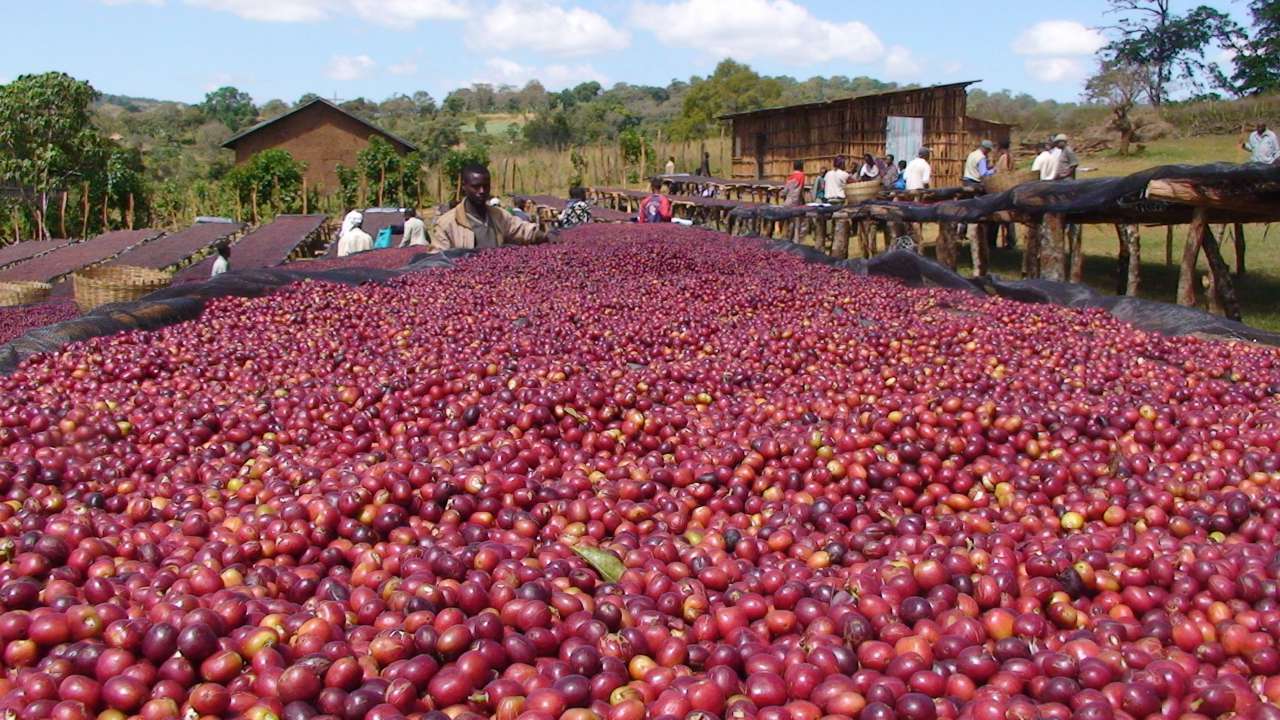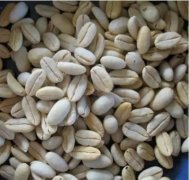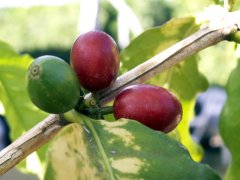Where does Starbucks decaf come from? Starbucks decaf coffee introduction to Starbucks homemade coffee beans

For professional baristas, please follow the coffee workshop (Wechat official account cafe_style)
It is a combination of the finest Latin American coffee beans, bringing a drupe and cocoa-like taste, with a roasted natural sweetness in the finish.
Low caffeine treatment: natural caffeine removal process
Production areas: Latin America (Brazil, Costa Rica)
Treatment: washing (wet)
Baking degree: medium baking
Acidity: medium
Alcohol: medium
Flavor: refreshing and balanced
Suitable for matching flavor: drupe, apple, blueberry
Decaffeinated coffee
For those who prefer decaf coffee, we offer decaf coffee. Caffeinated raw beans are shipped from the country of origin to the decaffeinated factory and then to the baking plant.
Coffee is made up of thousands of different compounds, caffeine is one of them. The challenge is to remove caffeine from coffee beans without affecting other flavor-shaping compounds, or to minimize the impact, because caffeine is water-soluble and each different decaffeinated method is extracted with water. Water also extracts many other compounds, including flavor-shaping sugars and proteins.
There are many reasons for the variation of caffeine content in a cup of coffee, including raw beans, planting areas, roasting methods, conditioning methods, coffee to water ratio, grinding, coffee cup size and beverage type (conditioning, espresso, etc.).
Natural caffeine removal process
The coffee flavor is well preserved by using carbon dioxide and ultra-pure water temperature to gently remove caffeine.
The process begins by soaking raw coffee beans in sealed water in stainless steel cans. Liquid carbon dioxide is poured into coffee cans under high pressure to dissolve and extract caffeine as a solvent, retaining a large number of flavor molecules.
Our current supply of decaffeinated espresso roasted coffee still uses natural decaffeinated processing. After caffeine is removed, the coffee is transported to the destination of the baking plant. Upon arrival, the coffee samples will be sent to the coffee raw bean quality team for baking and tasting, and then continue the coffee raw bean delivery process.
Important Notice :
前街咖啡 FrontStreet Coffee has moved to new addredd:
FrontStreet Coffee Address: 315,Donghua East Road,GuangZhou
Tel:020 38364473
- Prev

What is Starbucks decaf? Natural decaffeinated pointed bourbon coffee is the best!
Professional baristas exchange please follow the coffee workshop (Wechat official account cafe_style) Nicaragua secret manor natural decaffeinated Laurina seed honey treatment Lot 1802 Nicaragua La Escondida Laurina Pulped Natural 1802 brief description 2017 Nicaragua secret manor natural low caffeine pointed bourbon seed arrival! Pointed bourbon original text Laur
- Next

Decaffeinated coffee English Decaf Ethiopian decaffeinated coffee-tanned Shakiso G1 coffee
Professional barista exchanges please follow the coffee workshop (Wechat official account cafe_style) Ethiopia low caffeine series Shakiso G1 sun Ethiopia Decaf Shakisso G1 Natural 0.1% very low caffeine flavor very refreshing Mountain Water Decaf is the use of Mexico's highest peak Pico de Orizaba (elevation 5500m) mountain spring water, to remove coffee
Related
- Beginners will see the "Coffee pull flower" guide!
- What is the difference between ice blog purified milk and ordinary milk coffee?
- Why is the Philippines the largest producer of crops in Liberia?
- For coffee extraction, should the fine powder be retained?
- How does extracted espresso fill pressed powder? How much strength does it take to press the powder?
- How to make jasmine cold extract coffee? Is the jasmine + latte good?
- Will this little toy really make the coffee taste better? How does Lily Drip affect coffee extraction?
- Will the action of slapping the filter cup also affect coffee extraction?
- What's the difference between powder-to-water ratio and powder-to-liquid ratio?
- What is the Ethiopian local species? What does it have to do with Heirloom native species?

